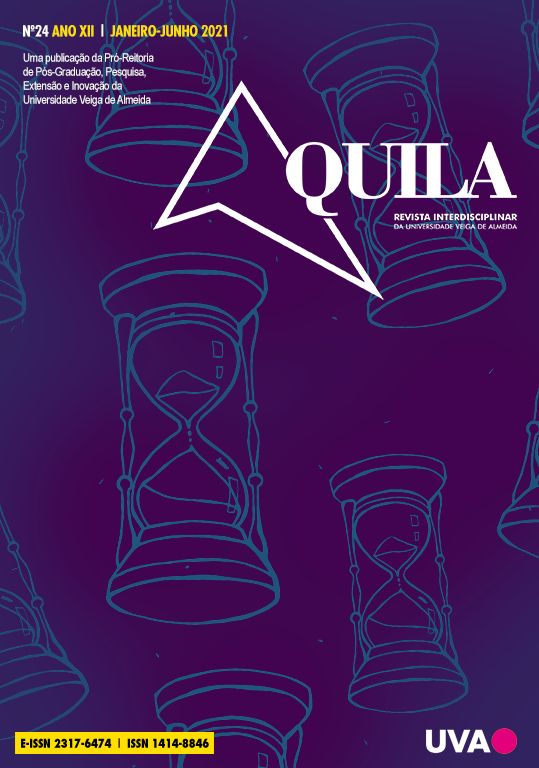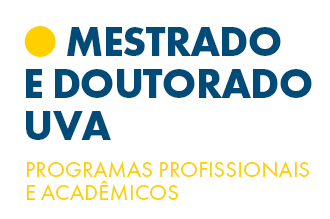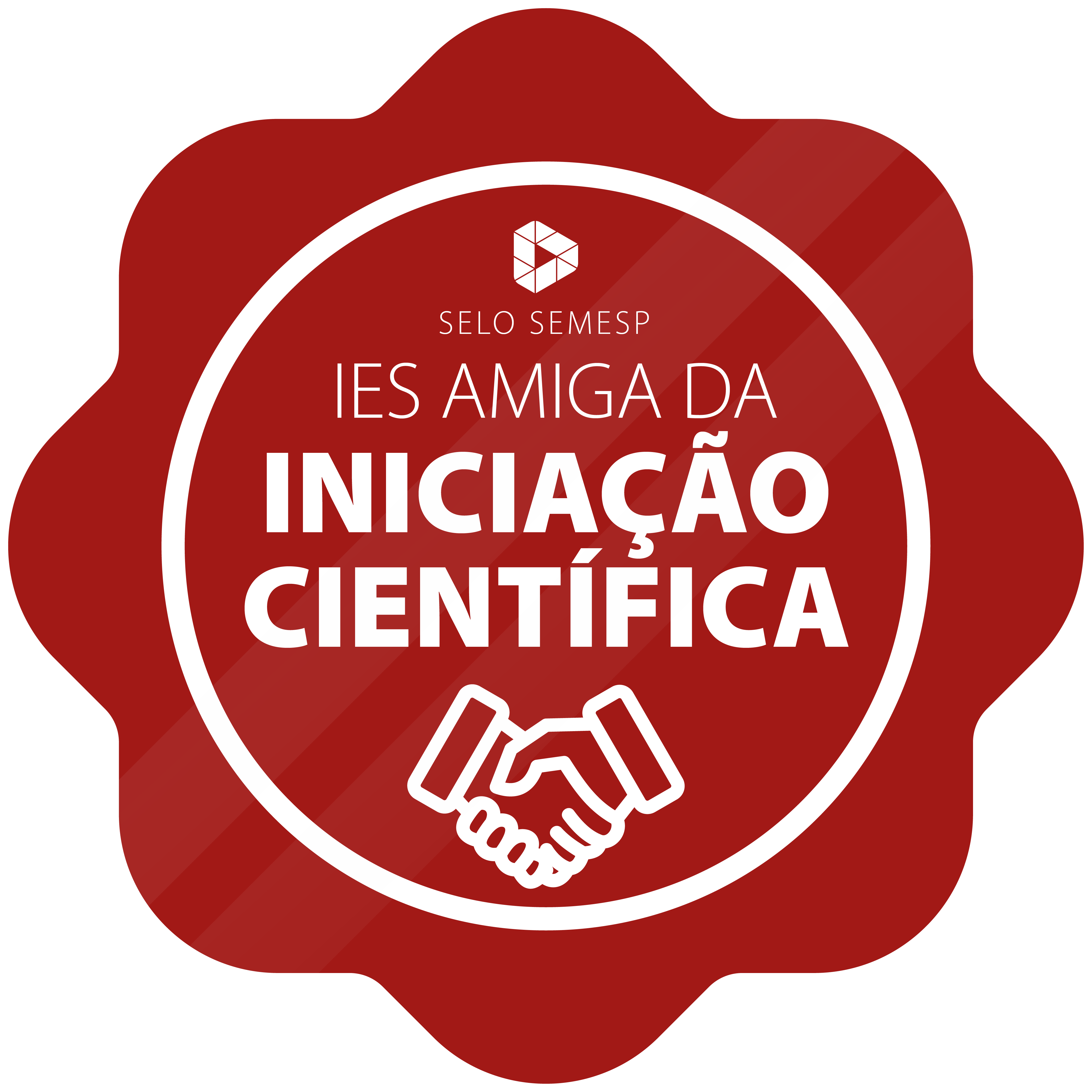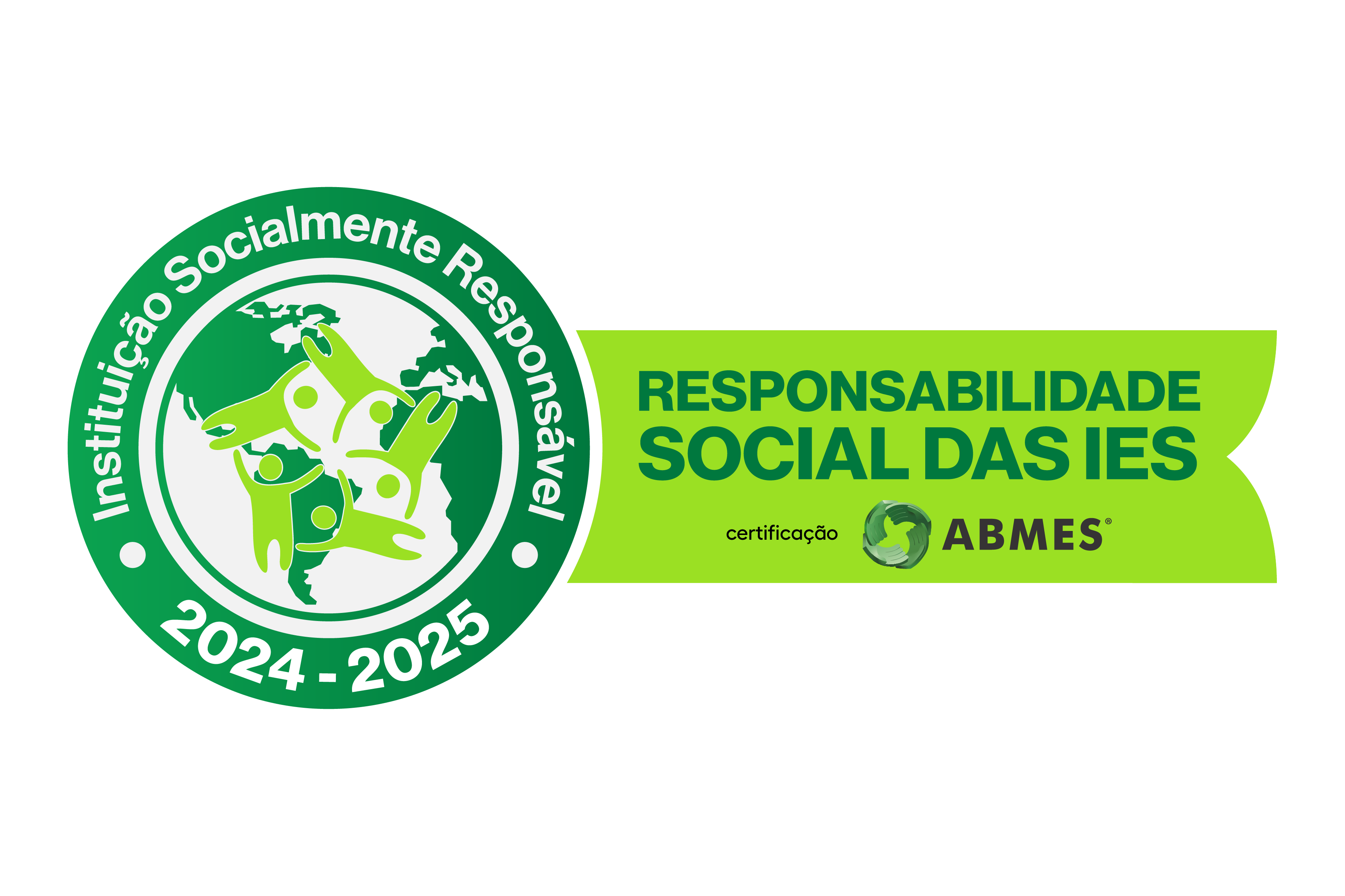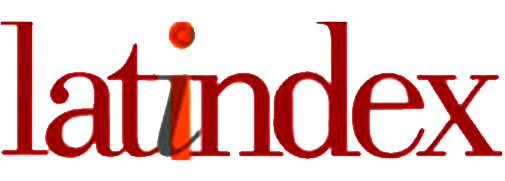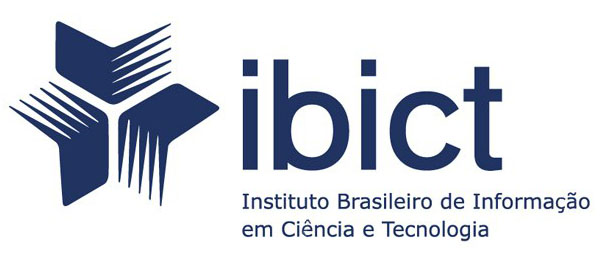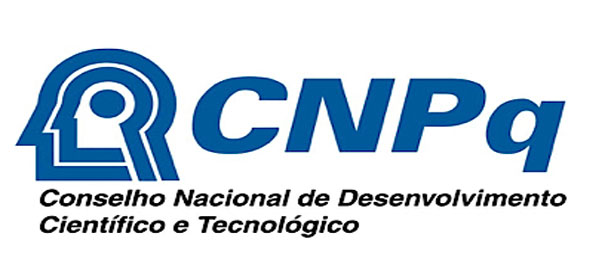Mapping the desirable management engineer's competencies
Mapeamento das competências desejáveis aos engenheiros de gestão
DOI:
https://doi.org/10.17648/revista-aquila.v1i24.150Palavras-chave:
engenharia de produção, desenvolvimento profissional, educação na engenharia, desenvolvimento de currículosResumo
RESUMO
Objetivo: Há uma demanda no desenvimento da qualidade da formação dos engenheiros. Contudo, surge uma questão: quais são as competências desejáveis aos engenheiros de gestão? Este artigo apresenta as competências recomendadas aos engenheiros de produção. Medodologia: O método utilizado envolveu uma revisão sistematizada de 42 artigos indexados nas bases Scopus e WOS em busca de competências do engenheiro de gestão. As competências encontradas na literatura foram então comparadas com aquelas listadas por associações de engenharia. Resultados: Foi encontrato um conjunto de 29 competências recomendadas aos engenheiros de gestão nos artigos analisados. Somente 23 competências são mencionadas em associações de engenharia, tais como: ABET, IEA, NAE e NBA. Também foi possível observar uma ênfase nas habilidades comportamentais. Originalidade: Esse artigo preenhe uma lacuna no tema, já que não foi encontrado na literatura um trabalho que compare as competências encontradas na literatura com aquelas listadas por associações de engenharia. Implicações para teoria e prática: Os resultados podem ser valiosos para pesquisadores em educação na engenharia e profissionais que atuam no ensino superior como suporte para trabalhos no desenvolvimento da carreira dos estudantes de engenharia de gestão.
ABSTRACT
Paper aims: There is a demand for quality development in forming engineers. However, a question is still alive: what are the competences cited as desirable for management engineers? This article presents the competencies for management engineers. Research Method: The method used was a systematic review covering 42 articles published in journals indexed in Scopus and WOS looking for management engineering competencies. The competencies mapped in the literature were then compared with those listed by engineering associations. Main Findings: It was found a set of 29 competencies mentioned in the articles analyzed as desirable ones for management engineers. Only 23 are also mentioned by professional associations that defines engineering competences, alike: ABET, IEA, NAE and NBA. It is also possible to observe an emphasis on awareness skills. Originality: This article covers a gap in the subject, once it was not found in the literature a previous work that compare the competencies mapped in the literature with those listed by engineering associations. Implications for theory and practice: The results should be worthy for both: engineering education researches and higher education professionals as support for their work in developing the professional career of management engineering students.
Downloads
Referências
Abdulwahed, M. (2017). Development of 21st Century Skills and Engineering Confidence. International Conference on Frontiers in Education: Computer Science and Computer Engineering, 23-28.
ABET. (2018). 2019-2020 Criteria for Accrediting Engineering Programs. Engineering Accreditation Commission. Accreditation Board for Engineering and Technology. Baltimore, MD: ABET.
Alves, A., Sousa, R., Moreira, F., Alice Carvalho, M., Cardoso, E., Pimenta, P., Malheiro, M. T., Brito, I., Fernandes, S. & Mesquita, D. (2016a). Managing PBL Difficulties in an Industrial Engineering and Management Program. Journal of Industrial Engineering and Management, 9(3), 586-611. http://dx.doi.org/10.3926/jiem.1816
Alves, A. C., Sousa, R. M., Fernandes, S., Cardoso, E., Carvalho, M. A., Figueiredo, J. & Pereira, R. M. S. (2016b). Teacher’s experiences in PBL: implications for practice. European Journal of Engineering Education, 41(2), 123-141. https://doi.org/10.1080/03043797.2015.1023782
Augustine, N. & Vest, C. (1994). Engineering education for a changing world. Joint Project by the Engineering Deans Council and the Corporate Roundtable of the American Society for Engineering Education. Washington DC: ASEE.
Bayard, O., Nicolescu, C. M. & Areskoug, M. (2007). Designing and educational certification system for European production engineers. Proceedings ofthe Swedish symposium, 28-30.
Benefield, L. D., Trentham, L. L., Khodadadi, K. & Walker, W. F. (1997). Quality Improvement in a College of Engineering Instructional Program. Journal of Engineering Education, 86, 57-64. https://doi.org/10.1002/j.2168-9830.1997.tb00266.x
Borchardt, M., Vaccaro, G. L. R., Azevedo, D. & Ponte Jr, J. (2009). O perfil do engenheiro de produção: a visão de empresas da região metropolitana de Porto Alegre. Produção, 19(2), 230- 248.http://dx.doi.org/10.1590/S0103-65132009000200002
Boud, F., Bayard, O., Chatti, S., Axinte, D., Nicolescu, M. & Agirre, J. (2009). A new approach in standardising a European curriculum in production engineering. European Journal of Engineering Education, 34(6), 487-496. https://doi.org/10.1080/03043790902939791
Buch, A. (2016). Ideas of holistic engineering meet engineering work practices. Engineering Studies, 8(2), 140-161. https://doi.org/10.1080/19378629.2016.1197227
Crawley, E. F. (2001). The CDIO Syllabus: A Statement of Goals for Undergraduate Engineering Education. Massachusetts Institute of Technology.
Custovic, E. (2015). Engineering Management: Old Story, New Demands. IEEE Engineering Management Review, 43(2), 21-23. https://doi.org/10.1109/EMR.2015.2430434
Elrod, C., Rasnic, A. & Daughton, W. (2007). Engineering management and industrial engineering: Similarities and differences. In Proceedings of ASEE annual conference & exposition. https://peer.asee.org/2127
Gaspar, M. R. C., Régio, M. M. A. & Morgado, M. M. A. P. (2017). Lean-green manufacturing: collaborative content and language integrated learning in higher education and engineering courses. Journal of Education Culture and Society, 8(2), 208-217. https://doi.org/10.15503/jecs20172.208.217
Gereffi, G., Wadhwa, V., Rissing, B. E. N. & Ong, R. (2008). Getting the numbers right: international engineering education in the United States, China, and India. Journal of Engineering Education, 97(1), 13-25. https://doi.org/10.1002/j.2168-9830.2008.tb00950.x
Hart, C., Mulhall, P., Berry, A., Loughran, J. & Gunstone, R. (2000). What is the purpose of this experiment? Or can students learn something from doing experiments?. Journal of Research in Science Teaching, 37(7), 655-675. https://doi.org/10.1002/1098-2736(200009)37:7<655::AID-TEA3>3.0.CO;2-E
Hofstein, A. & Lunetta, V. N. (2004). The laboratory in science education: foundations for the twenty-first century. Science Education, 88(1), 28-54. https://doi.org/10.1002/sce.10106
IEA. (2013). Graduate Attributes and Professional Competencies. International Engineering Alliance.
IISE. (2019). Industrial Engineering Body of Knowledge. Institute of Industrial & Systems Engineers. Norcross, GA: IISE.
Imam, M. H. & Tasadduq, I. A. (2012). Satisfaction of ABET Student Outcomes. IEEE Global Engineering Education Conference, 1-6. https://doi.org/10.1109/EDUCON.2012.6201167
Jangali, S. G. & Gaitonde, V. N. (2019). Attaining competencies in Programme Outcomes through Open-Ended Experiments. Africa Education Review. https://doi.org/10.1080/18146627.2018.1481757
Jesus, I. R. D. & Costa, H. G. (2015). Interfaces between production engineering and the public affairs: evidences from bibliometric analysis. Scientometrics, 105(2), 1183-1193. https://doi.org/10.1007/s11192-015-1724-1
King, C. J. (2012). Restructuring Engineering Education: Why, How And When?. Journal of Engineering Education, 101(1), 1-5. https://doi.org/10.1002/j.2168-9830.2012.tb00038.x
Kulkarni, V., Kulkarni, S., Satish, J. G. & Gaitonde, V. N. (2017). Attainment of major competencies of program-specific outcome in industrial engineering and simulation lab through open-ended experiment. International Journal of Continuing Engineering Education and Life-Long Learning, 27(3), 83-197. https://doi.org/10.1504/IJCEELL.2017.084840
Lima, R. M., Mesquita, D., Rocha, C. & Rabelo, M. (2017). Defining the Industrial and Engineering Management Professional Profile: a longitudinal study based on job advertisements. Production, 27(spe), 1-15. http://dx.doi.org/10.1590/0103-6513.229916
Lima, R. M., Silva, J. M., Van Hattum-Janssen, N., Monteiro, S. B. S. & Souza, J. C. F. (2012). Project-based learning course design: A service design approach. International Journal of Services and Operations Management, 11(3), 292-313. https://doi.org/10.1504/IJSOM.2012.045660
Mahadevan, J. (2014). Intercultural engineering beyond stereotypes: integrating diversity competencies into engineering education. European Journal of Training and Development, 38(7), 658-672. https://doi.org/10.1108/EJTD-10-2013-0107
Manzoor, A., Aziz, H., Jahanzaib, M., Wasim, A. & Hussain, S. (2017). Transformational model for engineering education from content-based to outcome-based education. International Journal of Continuing Engineering Education and Life-Long Learning, 27(4), 266-286. https://doi.org/10.1504/IJCEELL.2017.087136
Marin-Garcia, J. A., Garcia-Sabater, J. P., Perello-Marin, M. R. & Canos-Daros, L. (2009). Propuesta de competencias para el Ingeniero de Organización en el contexto de los nuevos planes de estudio. Intangible Capital, 5(4), 387-406. https://doi.org/10.3926/ic.2009.v5n4.p387-406
Marin-Garcia, J. A. & Lloret, J. (2011). Industrial Engineering Higher Education in the European Area (EHEA). Journal of Industrial Engineering and Management, 4(1), 1-12. https://doi.org/10.3926/jiem.2011.v4n1.p1-12
NAE. (2004). The Engineer of 2020: Visions of Engineering in the New Century. National Academy Press. Washington, DC.
NBA. (2012). Manual for Accreditation of Undergraduate Engineering Programs. National Board of Accreditation. Bhisham Pitamah Marg, Pragati Vihar.
Nepomuceno, L. D. O. & Costa, H. G. (2015). Analyzing Perceptions About the Influence of a Master Course Over the Professional Skills of Its Alumni: A Multicriteria Approach. Pesquisa Operacional, 35(1), 187-211. http://dx.doi.org/10.1590/0101-7438.2015.035.01.0187
Page, L. T. & Stanley, L. M. (2014). Ergonomics Service Learning Project: Implementing an Alternative Educational Method in an Industrial Engineering Undergraduate Ergonomics Course. Human Factors and Ergonomics in Manufacturing, 24(5), 544-556. https://doi.org/10.1002/hfm.20544
Payne, F. H. & Radcliffe, P. (1999). “Many hands make light work’’ with benefits for all. Proceedings - Frontiers in Education Conference, 3, 13d5-1-13d5-4. https://doi.org/10.1109/FIE.1999.840468
Pimmel, R. (2001). Cooperative learning instructional activities in a capstone design course. Journal of Engineering Education, 90(3), 413-463. https://doi.org/10.1002/j.2168-9830.2001.tb00621.x
Podges, J. & Kommers, P. (2016). Differential effects of variations in problem-based and lecturing sequences. International Journal of Continuing Engineering Education and Life-Long Learning, 26(2), 217-239. https://doi.org/10.1504/IJCEELL.2016.076019
Ram, B., Sarin, S., Park, E. & Mintz, P. (1999). Providing Manufacturing Experiences to Industrial Engineering Students through an Extension Program. Proceedings - Frontiers in Education Conference, 2, p. 12d2-18-12d2-23. https://doi.org/10.1109/FIE.1999.841662
Riis, J. O., Achenbach, M., Israelsen, P., Hansen, P. K., Johansen, J. & Deuse, J. (2017). Dealing with complex and ill-structured problems: results of a Plan-Do-Check-Act experiment in a business engineering semester. European Journal of Engineering Education, 42(4), 396-412. https://doi.org/10.1080/03043797.2016.1189881
Salvendy, G. (2001). Handbook of industrial engineering: Technology and operations management. New York: John Wiley &Sons.
Santandreu-Mascarell, C., Canós-Darós, L. & Pons-Morera, C. (2011). Competencies and skills for future Industrial Engineers defined in Spanish degrees. Journal of Industrial Engineering and Management, 4(1), 13-30. http://dx.doi.org/10.3926/jiem..v4n1.p13-30
Savage, R. N., Chen, K. C. & Vanasupa, L. (2007). Integrating Project-based Learning throughout the Undergraduate Engineering Curriculum. Journal of STEM Education, 8(3-4), 15-27. https://doi.org/10.1109/EMR.2009.4804346
Shukla, A. K., Janmaijaya, M., Abraham, A. & Muhuri, P. K. (2019). Engineering applications of artificial intelligence: A bibliometric analysis of 30 years (1988–2018). Engineering Applications of Artificial Intelligence, 85, 517-532. https://doi.org/10.1016/j.engappai.2019.06.010
Shuman, L. J., Besterfield-Sacre, M.. & Mcgourty, J. (2005). The ABET ‘professional skills’ - can they be taught? Can they be assessed?. Journal of Engineering Education, 94(1), 41-55. https://doi.org/10.1002/j.2168-9830.2005.tb00828.x
Woollacott, L. C. (2009). Validating the CDIO syllabus for engineering education using the taxonomy of engineering competencies. European Journal of Engineering Education, 34(6), 545-559. https://doi.org/10.1080/03043790903154465

